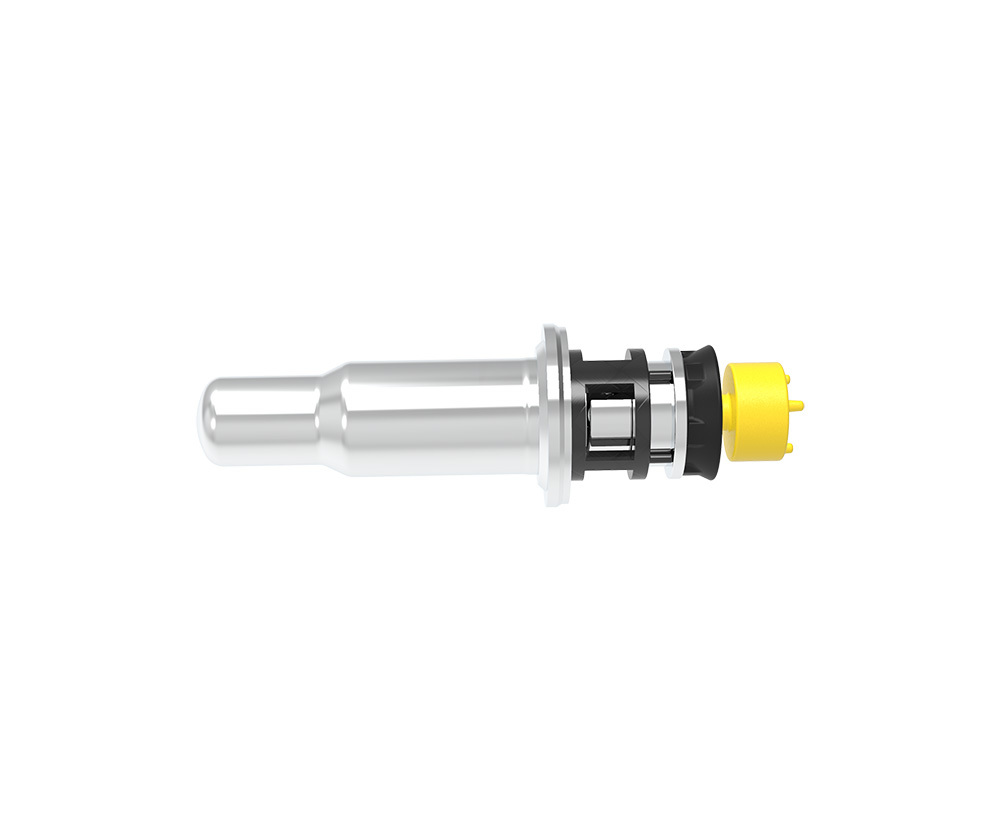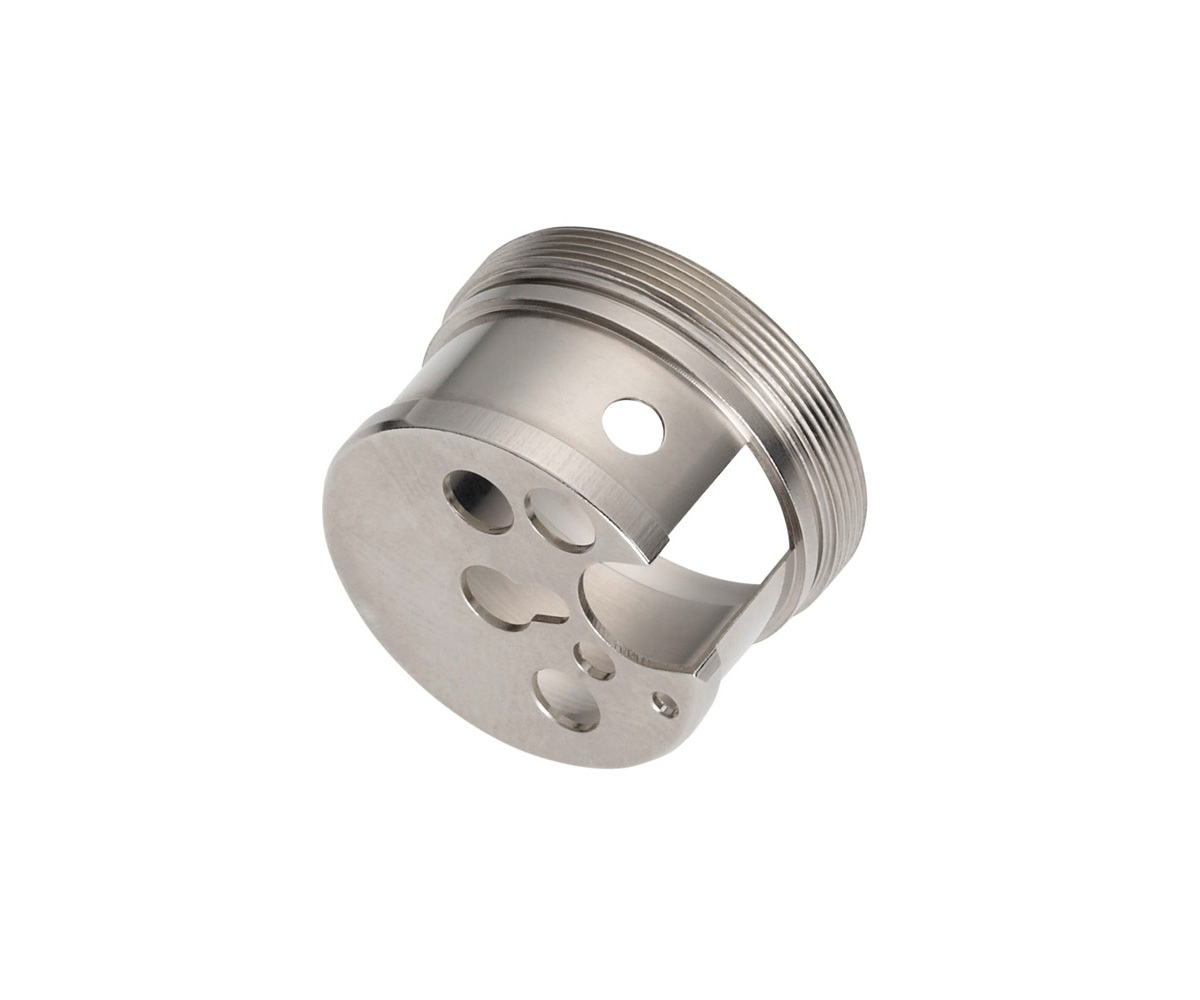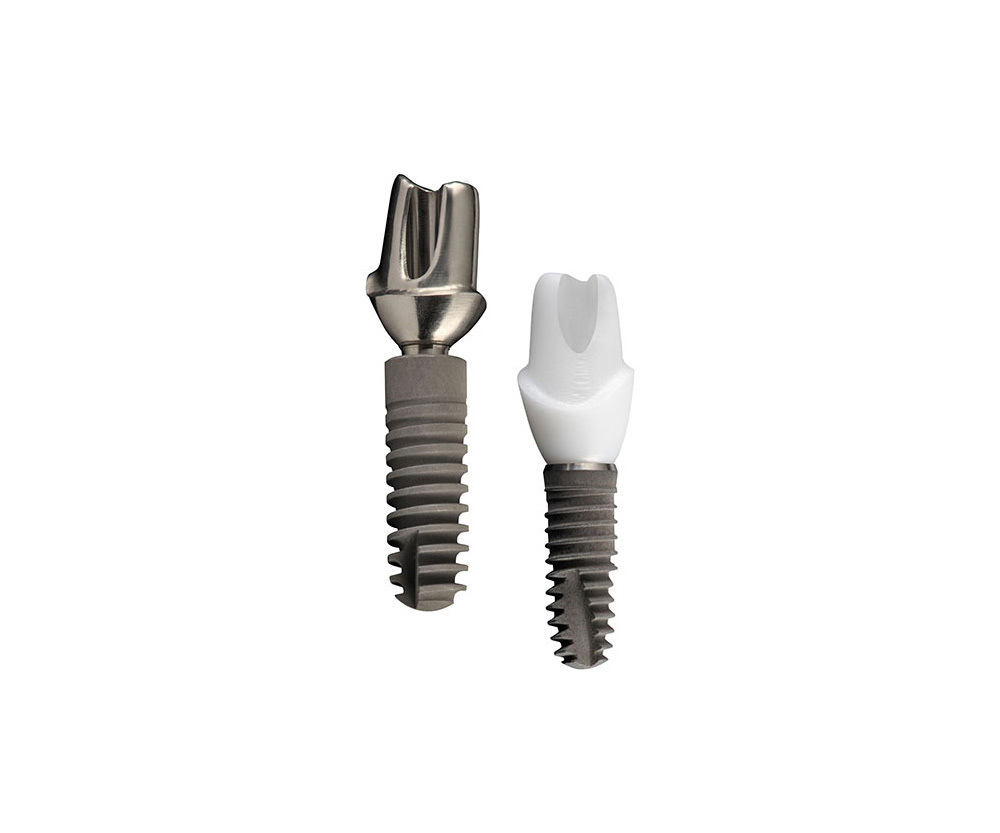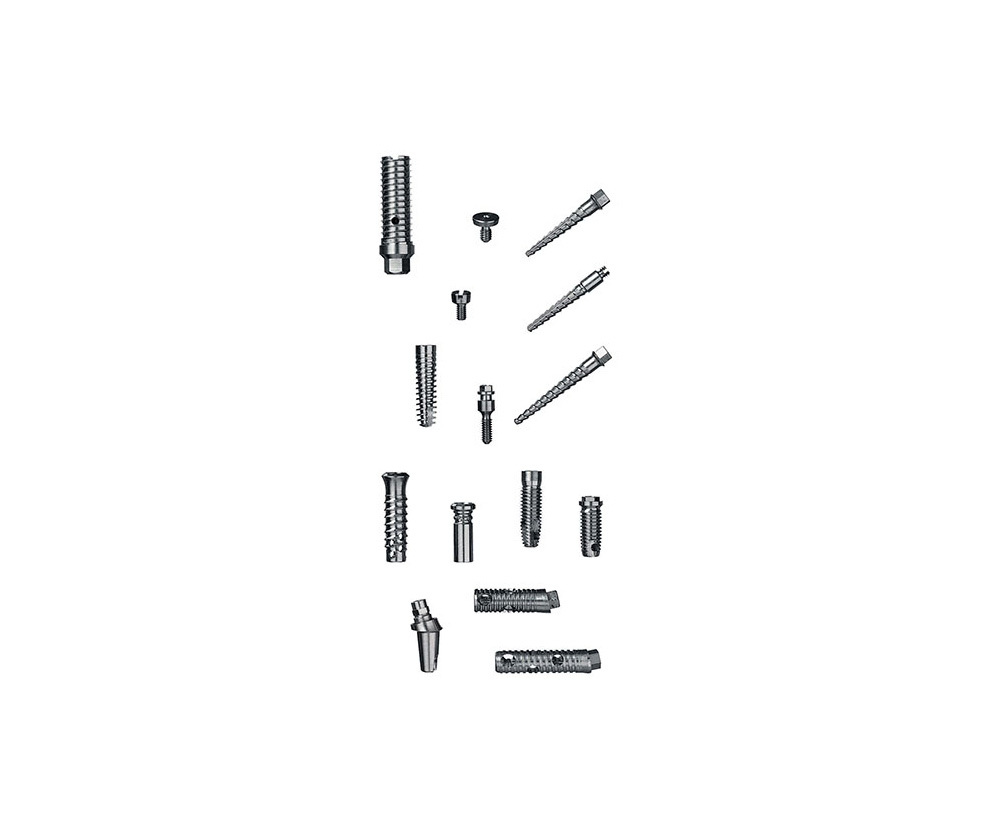
Share
Directional valve TSV
Product model:
Still thinking about it? If you want to get a sample first,Please contact us!
Current Product Classification
Keywords
- Product Description
-
Definition and basic functions
The reversing valve TSV(TSV may be a specific model code) is a control valve used to change the direction of fluid (liquid or gas) flow. It plays a key role in various fluid power systems. It can make fluid flow in and out of different channels according to the needs of the system, so as to realize the different action directions of the actuators (such as hydraulic cylinders, cylinders, etc.), such as making the hydraulic cylinders Extend or retract, rise or fall, etc.
Structural features
Valve body: The valve body is the main part of the valve TSV, and is usually made of metal materials, such as cast iron, cast steel or aluminum alloy, to ensure sufficient strength and corrosion resistance. There are multiple interfaces on the valve body, which are used to connect the oil (intake) pipeline, the oil (outlet) pipeline and the working oil (gas) cylinder. The number and layout of these interfaces varies depending on the type and function of the reversing valve. For example, in the three-position four-way reversing valve, there are generally four interfaces, which are respectively connected to the pressure source, the oil tank (or the atmosphere), and the two working oil (gas) cylinder interfaces.
Spool: The spool is the core component that controls the direction of the fluid. It is located in the valve body and can move axially or rotationally in the valve body. The shape of the spool is diverse, the common slide valve type (cylindrical) and rotary valve type (disc shaped). The spool valve by sliding in the bore of the valve body to switch the channel; rotary valve spool by rotating to change the fluid channel. There are various grooves and holes on the spool, which are used to connect or cut off different pipe interfaces. For example, when the spool valve core is in different positions, the pressure oil port can be communicated with different working oil ports, thereby changing the oil flow direction.
Manipulation: The reversing valve TSV can be operated in a variety of ways. Manual control is through the manual lever or hand wheel to move the spool, this way is simple and direct, often used in some simple, low degree of automation equipment. Electromagnetic control uses electromagnetic force to drive the valve core. When the electromagnetic coil is energized, the electromagnetic force generated overcomes the spring force to move the valve core. This method is convenient for remote control and automatic control, and is widely used in modern industrial automation equipment. In addition, there are hydraulic (using liquid pressure drive), pneumatic (using gas pressure drive) and other manipulation methods, according to different application scenarios and system requirements.
Working principle
Take the common slide valve type three-position four-way directional valve as an example. When the valve core is in the neutral position, the pressure oil port (P port), the oil return port (T port) and the channel between the two working oil ports (A port and B port) are cut off by the valve core. At this time, the hydraulic cylinder and other actuators connected to the reversing valve are in a static state. When the electromagnetic coil is energized to move the valve core to the left, port P communicates with port A, port B communicates with port T, pressure oil enters a cavity of the hydraulic cylinder from port P through port A, and the oil in the other cavity returns to the oil tank through port B and port T, and the hydraulic cylinder extends. On the contrary, when the solenoid coil to the right to move the spool, P port and B port communication, A port and T port communication, hydraulic cylinder retraction. By changing the position of the spool, you can change the flow direction of the fluid, and then control the direction of the actuator.
Application areas
Hydraulic system: In the hydraulic system of construction machinery (such as excavators, loaders, etc.), the reversing valve TSV is used to control the expansion and contraction of the hydraulic cylinder, so as to realize the excavation, lifting, rotation and other actions of the excavation arm. In the hydraulic clamping device of the machine tool, it can control the action of the clamping cylinder to realize the clamping and loosening of the workpiece.
Pneumatic system: In the pneumatic equipment (such as pneumatic clamps, pneumatic manipulators, etc.) on the automated production line, the reversing valve TSV is used to control the telescopic direction of the cylinder to complete the operation of grabbing and handling of materials. In some packaging equipment, pneumatic components are controlled by the reversing valve TSV to realize the conveying, folding and other actions of the packaging material.
car brake system: In the hydraulic brake system of the car, the reversing valve (such as the reversing valve in the ABS system) is also used. When the vehicle is braking, the reversing valve can quickly adjust the flow direction of the brake fluid according to the wheel speed and other conditions to prevent the wheels from locking and improve the safety of vehicle braking.
Online consultation
If you are interested in our products, please leave your email, we will contact you as soon as possible, thank you!
Related Products








